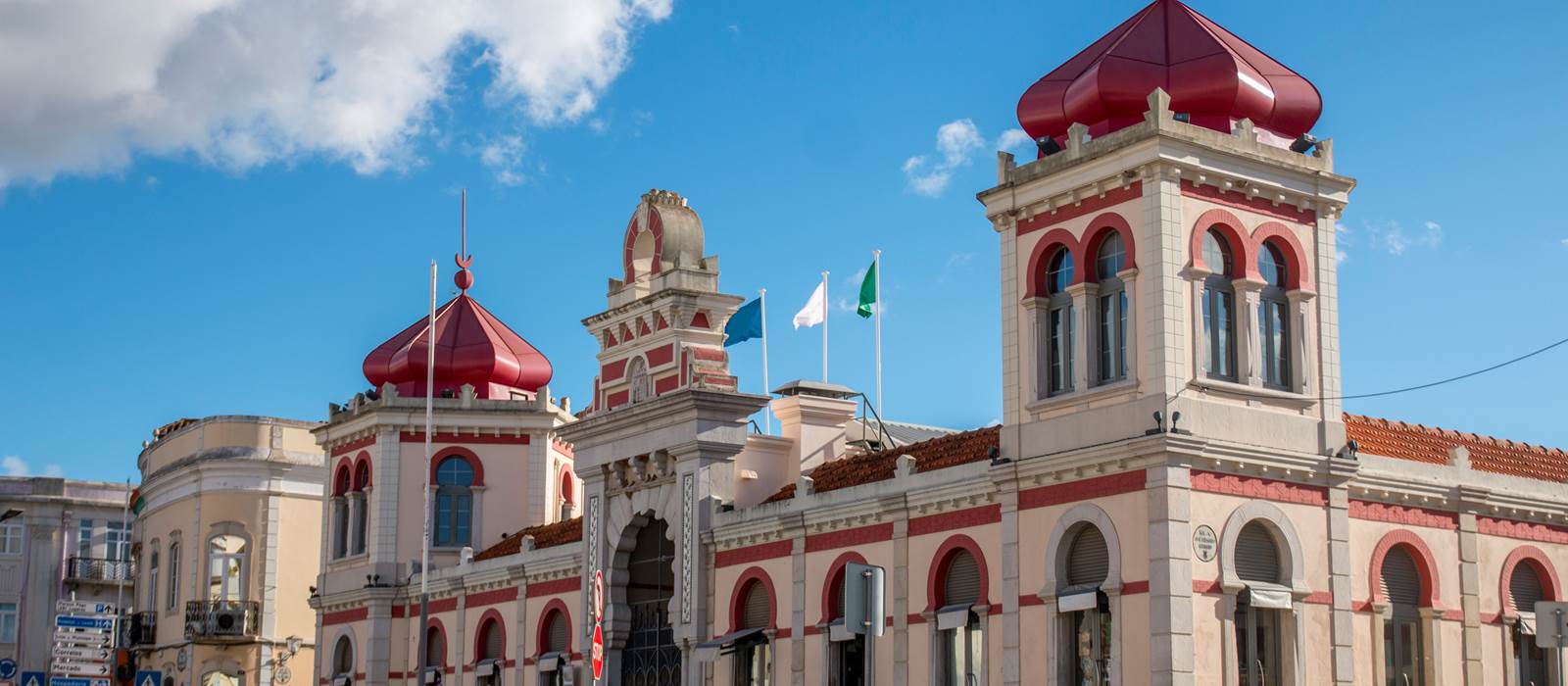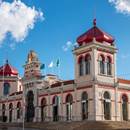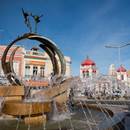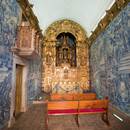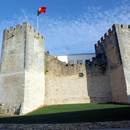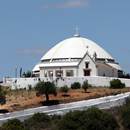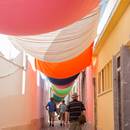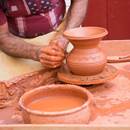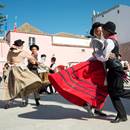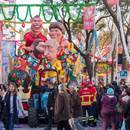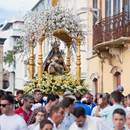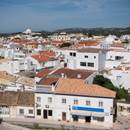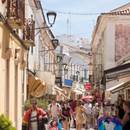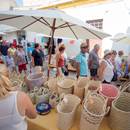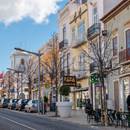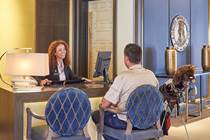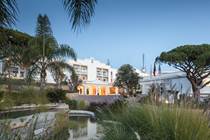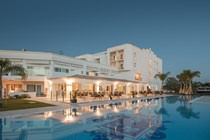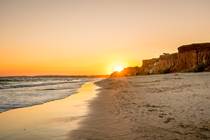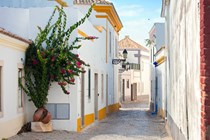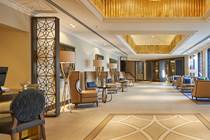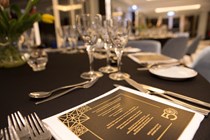
A Cultural Exploration of Loulé
Lose Yourself in the Regions Markets, Castles and Churches
Situated a mere 20 minute drive from Dona Filipa Hotel, the traditional city of Loulé is consumed by culture – with its origins dating back to the times of the Romans, who were later succeeded by the Algarve’s Moorish occupants and various Portuguese conquerors. What remains today is a medley of markets, castles and churches; which are easily discoverable as you meander along the tree-lined plazas and narrow cobbled lanes of Loulé’s historic centre.
Loulé Market (Mercado Municipal de Loulé)
For over 100 years, Mercado Municipal de Loulé served as the beating heart for the regions trade and commerce; still operating everyday (except Sunday) as the Algarve’s primary market for everything, from local delicacies to handcrafted goods, and even Cliff Richard’s Algarve grown wine.
The bulk of the market is housed within the crowning jewel of Loulé’s diversely designed centre – the Art Nouveau building which takes its inspiration from the decorative domes, spheres and crescent moons of Arab architecture. While these features are distinctly Moorish, the salmon pink flourishes of the frames scream Portugal – bringing splashes of colour to Loulé’s sand-hued skyline.
Beyond the building and into the bustling interiors of Mercado Municipal de Loulé; a realm of cuisine, culture and handcrafted caches await. Must tries include piri-piri peppers, displayed in colourful arrangements on the numbering stalls; though best enjoyed on charcoal-grilled chicken – providing for a true taste of Portugal. For souvenirs of your Algarve experience, look no further than the diverse array of arts and crafts lovingly handmade by local artisans. More edible mementos are provided courtesy of the indigenous wines, cheeses and cured meats that abound on the markets’ sea of stalls.
Loulé Castle & Museum (Castelo de Loulé & Museu Municipal de Loulé)
Known locally as Castelo de Loulé, the first remnants of the castle date back as far as the Second-Century BC; when Roman settlers decided upon the advantageous hillside location to construct their military fortifications. The centuries that followed would see the castle inhabitants change frequently; from the Moors in 715 to the numbering Portuguese kings and conquerors who would claim the fortress for their own – each bringing with them architectural additions and cultural customs.
Today, much of Castle of Loulé has perished with the sands of time; though the imposing exteriors still remain – with a trip to the top providing for unrivalled views over the picturesque patchwork of Loulé’s Old Town. The outer walls are also embellished by pristine manicured gardens and adjoining patios, where you can marvel at the macabre guillotine and antique cannons.
Where kingly interiors once endured, the buildings on the castle grounds now house the Museu Municipal de Loulé. Dating from prehistoric times to the modern day, the museum’s numbering exhibits provide an insight into the long and illustrious history of Loulé – with highlights arriving in the form of Roman and Bronze Age artefacts and the excavated Moorish ruins that are viewable through a glass floor.
A further exploration of Loulé’s cultural heritage is afforded through the Cozinha Tradicional Algarvia – a reconstruction of a traditional Algarvian kitchen complete with archaic utensils; and a short walk across the road will arrive you at the Dried Fruit & Nut Museum. Here, the disused factory is still equipped with the machinery that once powered the regions thriving fruit and nut industry; supplemented further with historical facts and photographs.
Church of São Clemente & Nossa Senhora da Conceição
First constructed in the 13th Century, São Clemente is the oldest and most important church in all of Loulé; though the site on which it was raised once served as a Moorish mosque – as indicated by the Baroque bell tower which was converted from an Islamic minaret.
Much of the exterior too lends itself to a mix of periods, with significant restoration during the 16th Century catering for the churches Gothic elements – namely its lateral doorway; while the Great Lisbon Earthquake of 1755 would later pave the way for São Clemente’s Baroque embellishments.
Upon stepping through the elaborate entrance of the basilica, the three-nave interior houses an impressive core; like the towering columns whose capitals are decorated with intricate art in a seemingly Islamic style. The main altar is also a veritable work of art – formed from grandiose gilded woodwork and flanked on either side by examples of Baroque sculpture.
Situated opposite Castelo de Loulé, the small but splendid Nossa Senhora da Conceição compiles three extraordinary elements: a beautifully stuccoed ceiling, an imposing gilded altar and walls that are almost entirely submerged in azulejos (hand-painted tiles).
Construction of the chapel began during the 17th Century, though like many of Loulé’s churches its origins may date back to the times of Algarve’s Moorish inhabitants. The Third-Century Islamic door, recovered from the floor during excavations is the biggest clue to its beginnings – still viewable today behind a protective layer of glass.

